
The idea of finding gold and silver and getting rich fast drew prospectors from all over the United States and the “Colorado Silver Boom” is the perfect example of it. The period is known for the expansion of the silver mining and it all began in 1879 – around twenty years after the Colorado Gold Rush. The story of Crystal, Colorado is part of the overall silver boom and it includes the same promises of mountains filled with silver.
Crystal City is located in the upper parts of the Crystal River in the Elk Mountains, located in Gunnison County, Colorado. This town stands almost 10 km east of Marble, Colorado and around 30 km northwest of it, there stands Crested Butte. At the start of 1880, prospectors made a discovery of silver deposits at the junction of the South Fork and North Fork of the Crystal River.
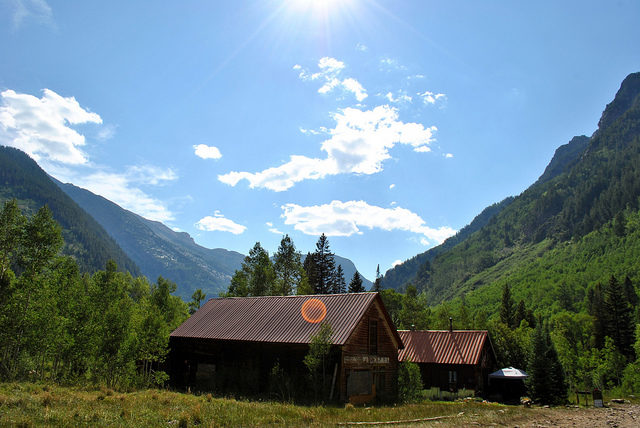
Some of the remaining structures. Author: Misty Faucheux CC BY-ND 2.0
The discovery was so promising that almost instantly, mining camps were born and operations were started. Just one year after the initial discovery, the town of Crystal emerged. From day one, Crystal was a hit with prospectors. Around the middle of the 1880s, the town had more than half a thousand citizens. Not to forget, the town had its own postal office and even its own newspaper called the Crystal River Current – a period later came The Silver Lance.
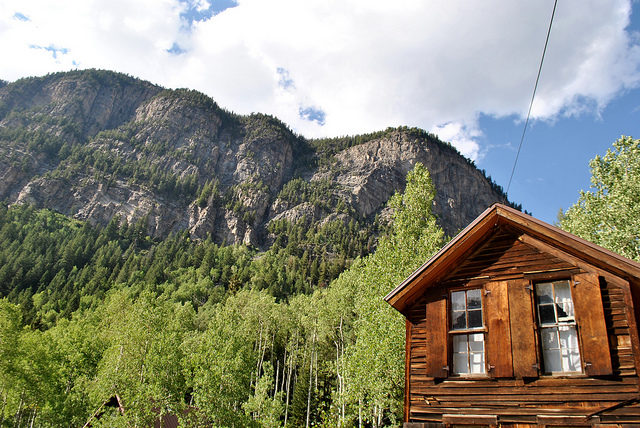
One of the houses at Crystal City; alternate angle. Author: Misty Faucheux CC BY-ND 2.0
During the evening, when digging for silver was done for the day, the prospectors and miners were relaxing at the pool hall or at the Crystal club. And just like any other city, Crystal too had its fair share of hotels, barber shops, and saloons. The area surrounding Crystal was filled with different mines and some of the most productive were Lead King, Sheep Mountain Tunnel, Black Queen and so forth. As well as silver, these mines produced lead and zinc.
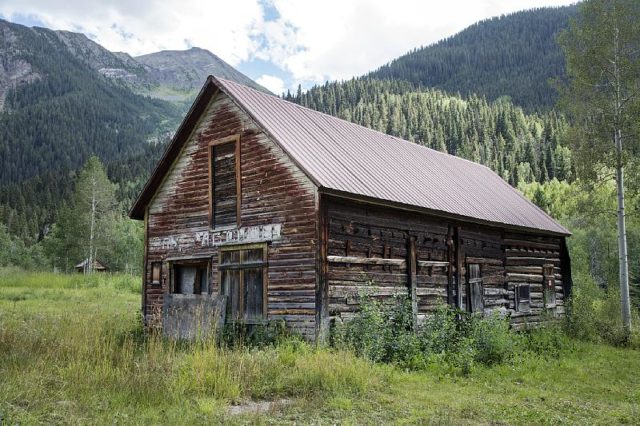
Crystal Club building. Author: Carol M. Highsmith Public Domain
But given the fact that Crystal City was in the Elk Mountains, transporting the ore posed a great challenge. Carbondale and Crested Butte rail stations – 34 km and 55 km respectively – were the nearest to Crystal City.
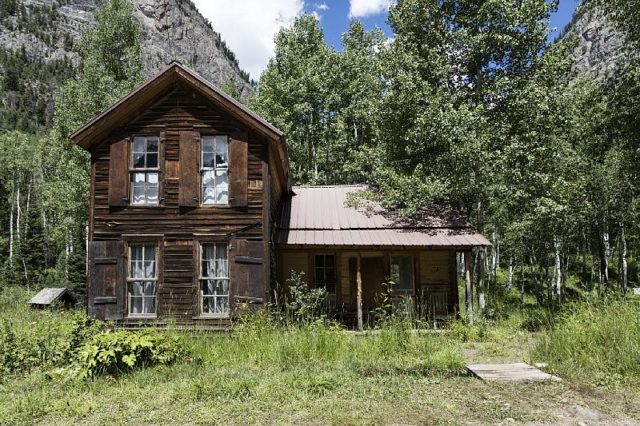
One of the houses at Crystal City. Author: Carol M. Highsmith Public Domain
Even though the mines were producing large quantities of ore, it was all transported via mere wagon trails that never evolved into anything bigger. The only way the miners could come up with to transport the ore was the so-called “jack train” or a mule train that consisted of up to a hundred mules.
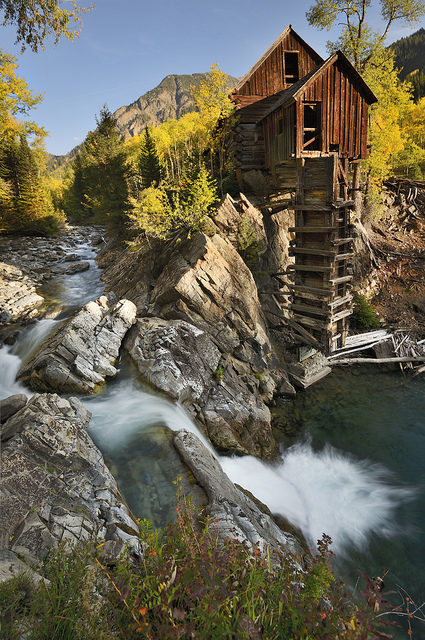
Crystal mill; different angle. Author: John Fowler CC BY 2.0
And this problem with the transport of ore was even more dangerous–if not deadly–during the winter, when avalanches, rock slides, and slippery trails made the transport of ore and resupply of basic necessities impossible. This very reason is what destroyed profits and threatened the future well-being of Crystal City. During the winter months, there were no more than 100 people living in the town of Crystal.
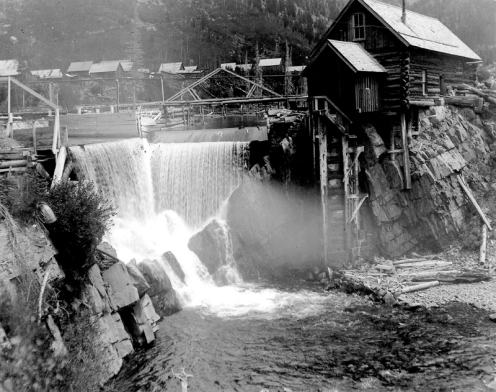
Crystal mill sometime during the 1890s.
Then, on the eve of the 19th century in 1893, came what is today known as the “Panic of 1893” – an economic depression that hit the United States and lasted for four years. During this period, a number of mines in the area closed down and the population declined even further.
This is when one of the largest mines in the area – Sheep Mountain Tunnel & Mining Company – came up with an idea. They knew that if they were to remain productive, a powerhouse was required. And so the mine set forth and built a powerhouse, a building that became known as the Crystal Mill.
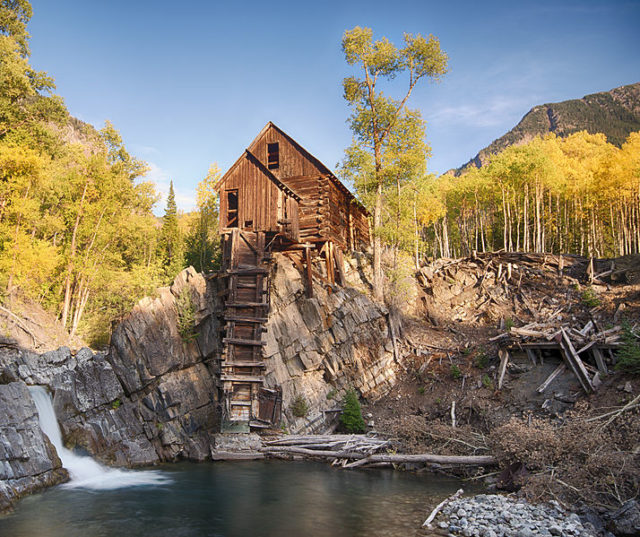
Crystal mill, 2012. Author: John Fowler CC BY 2.0
But despite the series of inventions and engineering that went into this whole process, the popularity of Crystal kept declining and around 1915, Crystal City had only 8 residents.
Two years later, the rest of the mines were closed as well as the Crystal Mill, the whole area became abandoned, and Crystal City became a ghost town. Today, Crystal Mill and Crystal City, in general, are a favorite tourist attraction and photographers from all over the world come to take a snap of the mill and the town that was once part of the Silver Rush.
